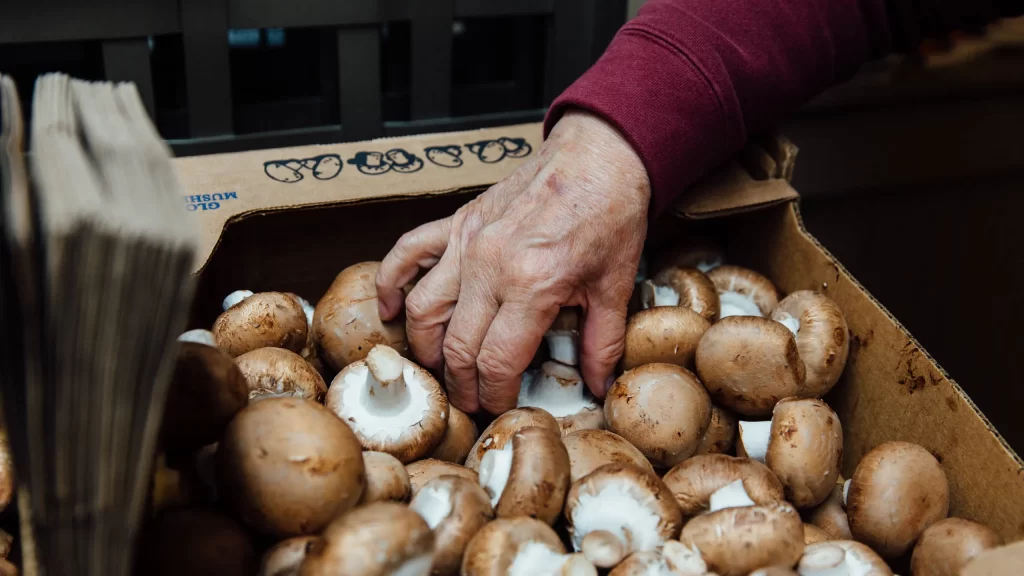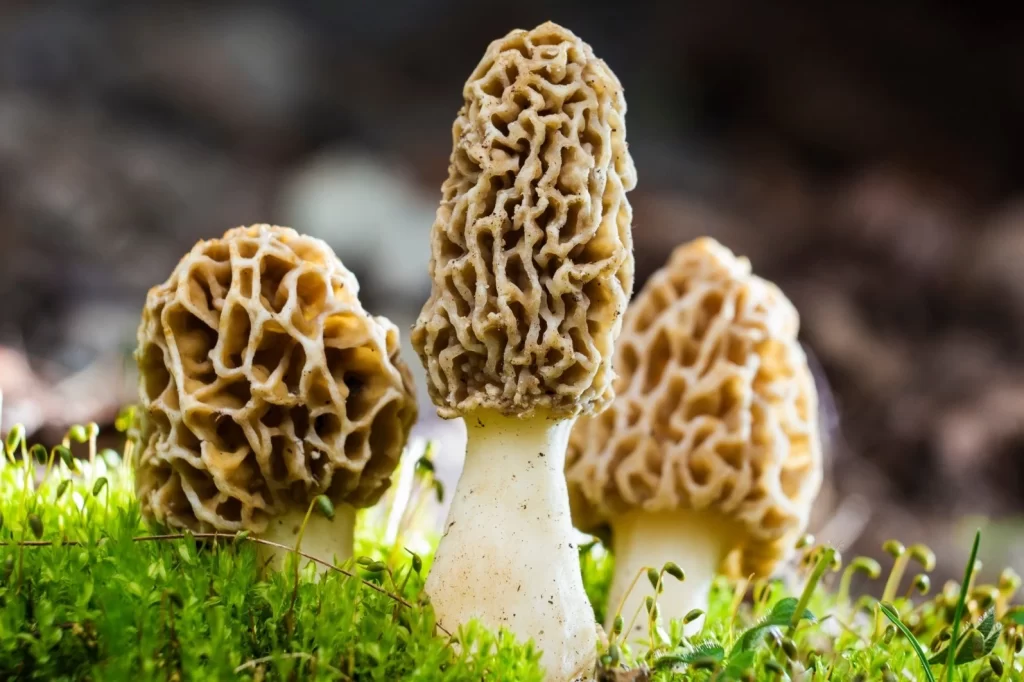Have you ever had to prepare mushrooms and didn’t do so for fear that they couldn’t last in the fridge? Or have you had to throw some of your well-cooked mushrooms away because they were not well preserved? So how long do mushrooms last in the fridge?

In this article, you will learn about how long mushrooms last in the fridge, the types of mushrooms there are that contribute to their getting bad, and how to cook mushrooms.
How Long Do Mushrooms Last in the Fridge?
Mushrooms can last for at least 5-7 days in the freezer, depending on how they are handled. Here are two main factors affecting the lifespan of mushrooms:
Type: the bigger the mushrooms are, the longer they will last. While portobello and cremini mushrooms are long-lasting, white button mushrooms spoil more quickly.
Form: By this, we mean structure. In essence, whole mushrooms last longer than sliced mushrooms
How To Cook Mushrooms
Mushroom types have distinct cooking methods. The pink oyster mushrooms are advised to be cooked and eaten within two days of harvesting. It is meaty in taste, and so when fried until it turns a bright golden shade, it can be used as a substitute for ham or bacon.
The maitake mushroom can last for about two weeks in the refrigerator with the proper storage techniques. Compared to other types of mushrooms, this mushroom boasts a stronger, peppery taste . It lends itself to diverse cooking and eating methods.
From prosciutto-stuffed chicken with mushroom sauce to mushroom-fried farro with pickled carrots and runny eggs, there are numerous ways to prepare and enjoy it.
The king oysters, also called the king trumpet mushrooms, are the largest in the mushroom family, hence their name. Containing protein and iron, it acts as a great alternative for scallops, especially when you slice the mushroom stems into rounds.
Another great recipe you can try out is the lion’s mane; it has a meaty and stringy texture, can replace vegan liver, and can also be used to make crab cakes for seafood lovers.
READ ALSO:
- Why is Morel Mushroom Expensive?
- The Best Birria Tacos Recipes to Try
- How Does UberEats Work? Things to Know
Different Mushrooms, Different Recipes
Have you ever considered using the enoki mushroom? Everyone knows variety is the spice of life, so you can go ahead and try your hands at something new. Interestingly enough, the Enoki mushroom is unique from the others in that it has a crunchy texture.
Proper storage (refrigeration) can keep it fresh for two weeks, and you can incorporate it into a variety of delicious meals.
Enoki mushrooms boast a delicate and savoury flavour compared to other mushrooms, such as the meatier oyster and the earthy shiitake. Widely utilised in Asian dishes, you can consume the mushroom raw, incorporate it into soups, or sauté it to enhance your culinary experience.
If feeling adventurous, there are several options to choose from, such as stir-fry with ginger, lime and garlic, bacon-wrapped enoki mushrooms, etc.
Sadly, however, the reishi mushroom is not a preferred choice, especially among crowds, unlike the others, and this is because of its bitter taste. This mushroom is consumed mainly to promote good health. Because of this, the mushroom is a popular ingredient that is added to tea and even smoothies.
Aside from the aforementioned, there are other recipes for cooking and enjoying the varieties of mushroom meals that are peculiar to the different mushroom types, such as yellow oysters and shiitake.
How To Grow Mushrooms
Mushrooms sprout better from spores, not seeds. These spores rely on sawdust, grain, straw, etc. for nourishment. Mushrooms thrive better in cool and humid places, so even the basement is not a bad idea for mushroom growth unless stated otherwise, as with some mushroom types.
However, just as with cooking mushrooms, growing them also differs from type to type. As with the pink oyster mushroom, for instance, straw and grains like rye and millet serve to nourish the mushroom well.
Temperatures for incubating, pruning, and fruiting differ as well. So between 73°F and 100°F is just okay for both incubating and pruning this mushroom, with the fruiting at 68°F and 86°F. Ideally, this mushroom becomes ready for harvest after about three to four weeks from the day of planting.
If you are planning to still grow mushrooms after harvesting, then it is advisable to cut the mushrooms in clusters. This promotes future sprout-ups.
As opposed to the pink oyster mushroom, the king oyster mushroom thrives on hardwood sawdust in growth bags and grows within two months, although they are ready for harvest within a week once they start pinning.
Its incubation period is between 68°F and 72°F, while pinning should be done around 59°F to 65°F. Different mushroom types have different growth patterns.
READ ALSO:
- How to Grow Spinach: 4 Easy Steps
- What Is Enchiladas? Origin and Recipe
- McDonald’s Steak Egg and Cheese Bagel Near Me
How to Tell If Mushrooms Are Bad
Many people do not know this fact. Having good mushrooms starts at the place of harvest—at the farmer’s market or the grocery store.
Determining good mushrooms is a straightforward task. You need to observe that good mushrooms feel dry and firm to the touch and have a smooth outer appearance.
More often than not, you don’t need to taste mushrooms to find out if they have gone bad. Bad mushrooms change texture, transitioning from firm and plump to sticky and slimy.
Furthermore, if the colours of the mushrooms visibly change or they begin to develop dark spots, it becomes evident that the mushrooms have gone bad, a situation that proper storage can prevent.
Conclusion
Mushrooms have nutritional benefits they give to the body. They decrease cancer risks, protect brain health, and generally boost immune health. However, as too much of everything is not proper, too much intake of mushrooms can cause stomach discomfort, dizziness, and anxiety, among others.

